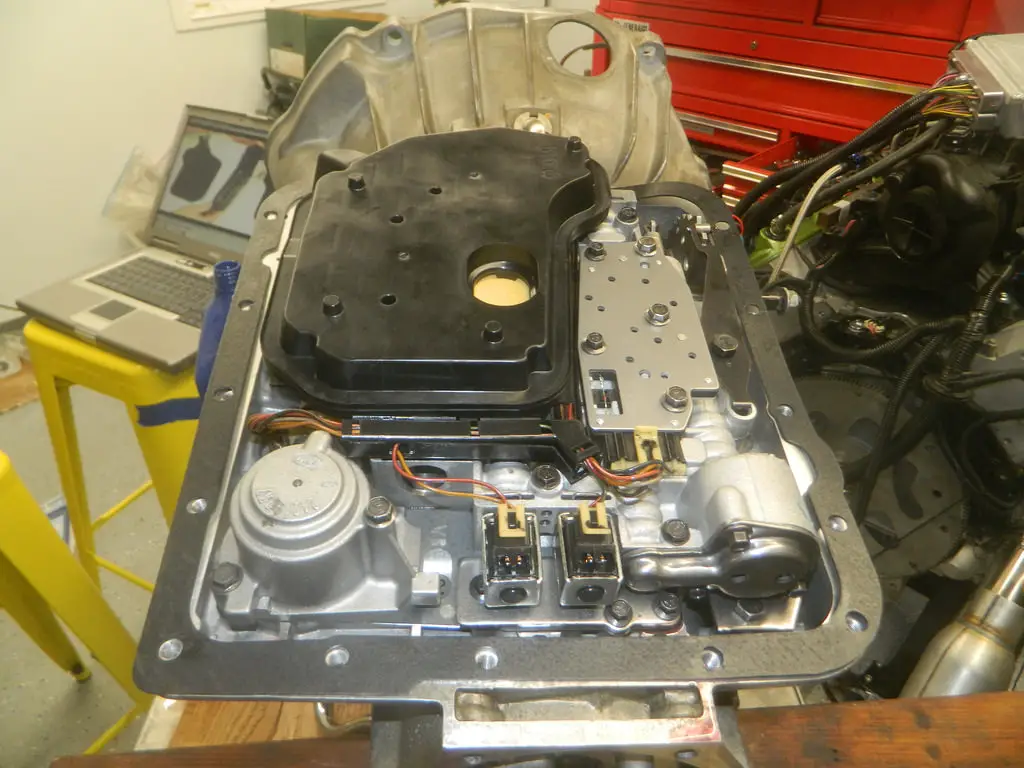If you’re a car enthusiast or just a beginner eager to delve into the world of automotive mechanics, understanding your vehicle’s transmission is essential. The 4L60E transmission problems, a popular component in many General Motors (GM) vehicles, comes with its own set of quirks and intricacies. In this guide, we’ll cover the key points of this transmission and how to diagnose and troubleshoot common issues.
An Introduction to 4L60E Transmission
Automatic transmissions have become a staple on roads worldwide, and the 4L60E stands as a notable example of the evolution. Unlike its predecessor, the 4L60, which relied on hydraulic control, the 4L60E embraced electronic shift control. This innovation paved the way for improved shifting quality, faster and more accurate gear changes, and even manual control options.
Advantages of Electronic Shifting
Electronic shift control brings numerous benefits over hydraulic systems, including:
- Smoother and quicker shifts.
- Enhanced fuel efficiency.
- Better control over the vehicle.
- Longer lifespan for transmission and engine components.
- Integration of manual control features.
Despite its advantages, repairing electronic transmissions can pose challenges, as much of the intricate work is performed within the Engine Control Unit (ECU). While fixing these systems at home can be complex, remember that traditional hydraulic systems also required specialized attention.
Vehicles with 4L60E Transmission
Numerous GM vehicles have been equipped with the 4L60E transmission, including models from Cadillac, Chevrolet, Pontiac, and GMC. From the Chevrolet Camaro to the GMC Yukon, this transmission has found its place in a wide range of vehicles, spanning SUVs, trucks, and sedans.
Diagnosing 4L60E Transmission Issues
Encountering transmission problems can be frustrating, but understanding the common culprits and codes can make troubleshooting more manageable. Some prevalent OBDII diagnostic trouble codes (DTCs) associated with 4L60E transmission problems include:
- P0706: Transmission Range Sensor Circuit Range/Performance
- P0740: Torque Converter Clutch Circuit Malfunction
- P0753: Shift Solenoid ‘A’ Electrical
- P0785: Shift/Timing Solenoid
- P0894: Transmission Component Slipping
Remember that diagnosing these issues usually requires a full transmission rebuild. If you encounter warning signs, such as harsh shifts or erratic gear changes, it’s best to seek professional assistance promptly.
Technical Service Bulletins (TSBs)
Understanding TSBs can provide valuable insights into common issues and potential fixes. Here are a few notable TSBs related to the 4L60E transmission:
- TSB 01-07-30-023B: Addresses harsh 1st to 2nd gear upshifts caused by worn components. The fix involves updating the TCC regulators and isolator valves within the valve body.
- TSB 01-07-30-038D: Targets loss of 3rd and 4th gears accompanied by issues like poor performance and transmission slipping. Cleaning valve bores and inspecting bands and clutches are key steps in resolving this problem.
- TSB 06-07-30-007A: Focuses on harsh 1st to 2nd gear shifts, often accompanied by error code P0894. The solution entails replacing the TCC solenoid and transmission wiring harness.
In Conclusion
The 4L60E transmission has left its mark on the automotive world with its electronic shift control and diverse applications in GM vehicles. Whether you’re driving a Chevrolet Silverado or a GMC Yukon, understanding the transmission’s nuances and knowing how to diagnose issues can save you time and money in the long run. While fixing these complex systems might be daunting, seeking professional help ensures both your safety and your vehicle’s optimal performance.


